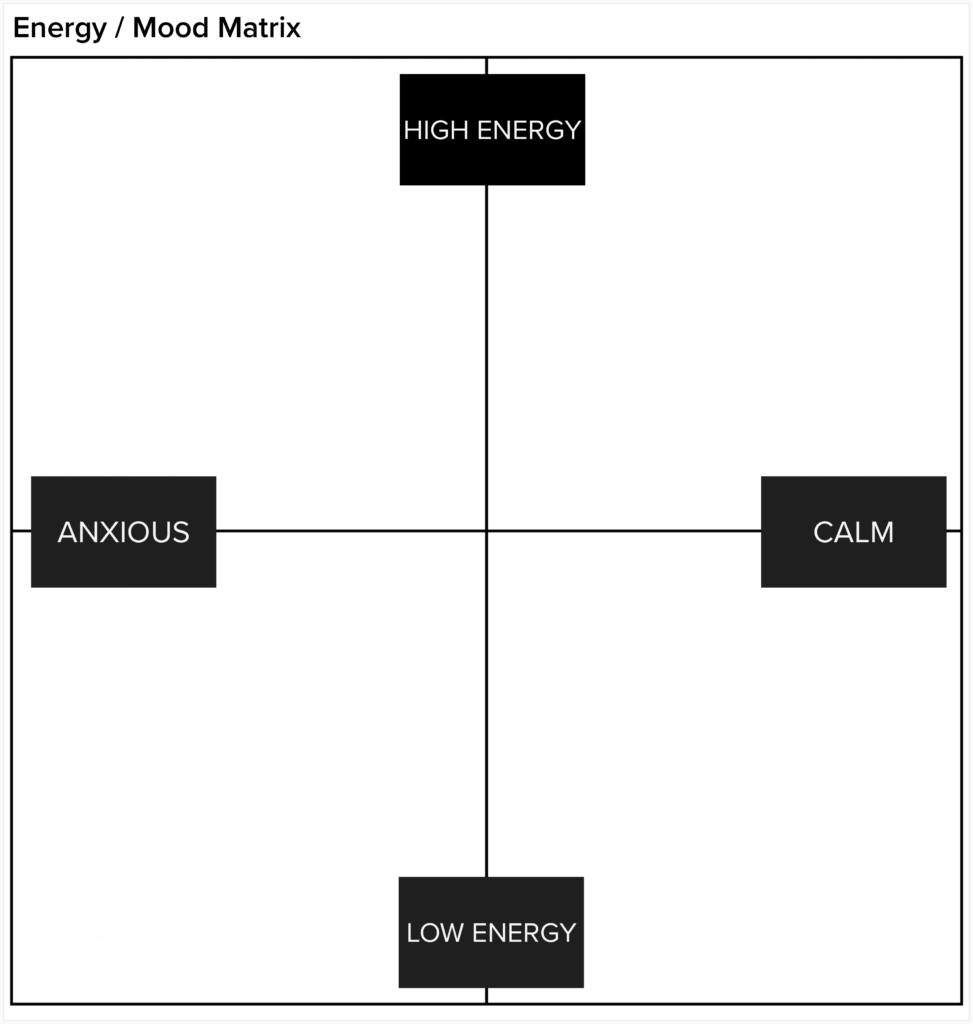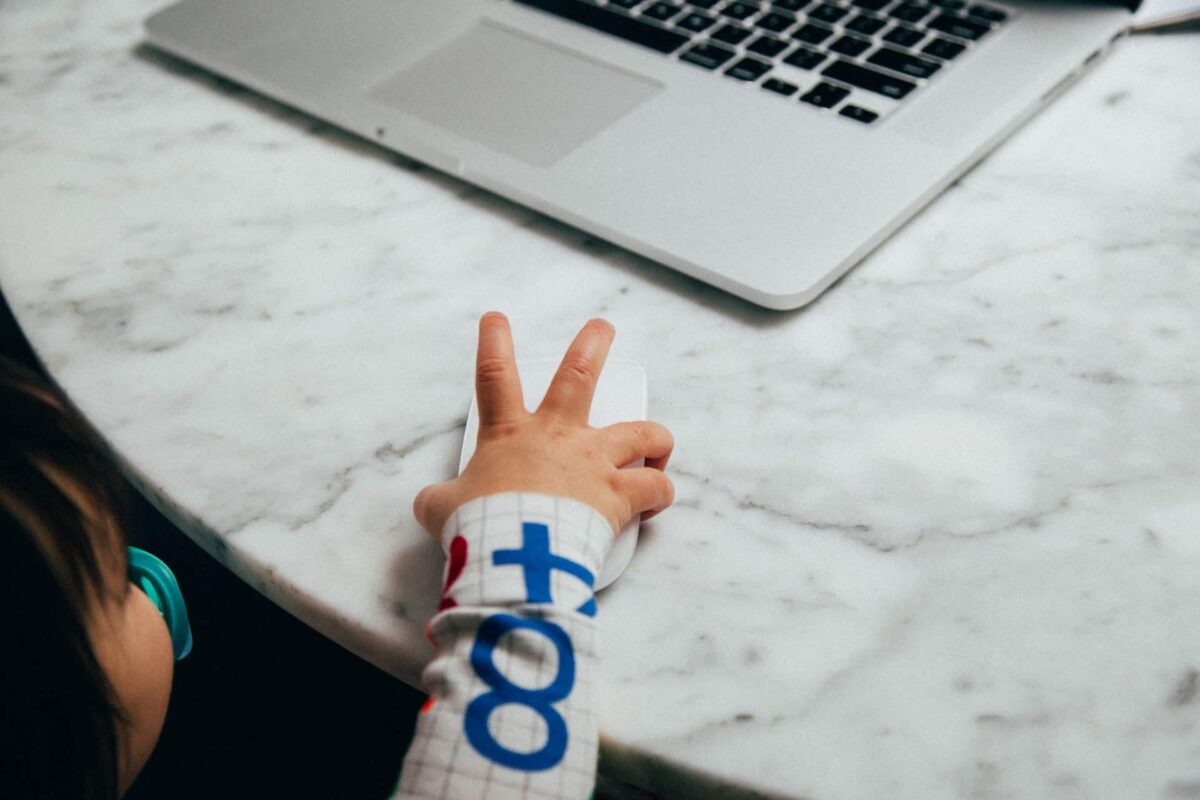It is important to acknowledge the impact remote work has on your team and to spend time talking about it because some of your team could be struggling.
If you do nothing else, make sure you have these kinds of conversations with your team.
Here are some ways to do it.

1. Check in, check out
Embracing the human element of remote work is hugely important at this time, so it’s a really good idea to check-in with your team at the start and end of each day.
If you’re not remembering to check-in with your colleagues, who may have very different living conditions and different family situations to you, you may not discover when people are struggling or if they’re not okay.
At Then Somehow, we always do this when we have meetings, even when we have more than one meeting in a day, especially if new people are present.
Checking- in on how everybody is, helps everyone know where everyone else is – it alerts you to any issues and helps to build empathy between team members.
Once you’ve done it, move on to the task, or the things you want to focus on for the day.
If you’re not sure how to do a check-in, these are some questions to ask on a group call on Zoom, Teams, or Slack:
How is everybody?
How are you feeling?
How are you looking after your family?
How are you looking after yourself?
Make sure you listen to everyone’s answers, and only then can you move on to work and the things you want to focus on that day.
At the end of the meeting, do a check-out as well – before or after you wrap up, go round and ask everyone to share how they’re feeling. Note how feelings have changed from start to finish, and follow up any issues separately.
To close you could say something like, “Thanks, everyone. Let’s go into our work. Let’s keep the WhatsApp channel open. If you’ve seen any funny stories, share them, if you’ve got any problems flag them up…”
We recommend you do a quick group update on the work and check out the personal level at the end of the day as well.
Here’s a real-life example
I was talking with a client recently, they’re a remote team scattered across the globe.
The MD would normally spend the first 20 minutes of every team meeting updating everybody – it was really flat and no one got to say what they think. He knew, they knew, and no one did anything different.
We talked about trying a check-in. It started off feeling quite awkward and stilted, but after one person embraced it and actually was vulnerable and shared how they were feeling in front of their colleagues, others were too.
That candour changed the tone immediately. Everyone shared a rush of empathy towards their colleague and wanted to help. The mood was one of kindness.
Afterwards, the MD’s update flew by and they moved on to problem-solving. Where normally people were tight-lipped about live issues, this time people shared and started offering ideas and help.
It was a good meeting.

2. The Energy Mood Matrix
Here’s a tool you can use to help make a team check-in process easier. It works just as well with in-the-office meetings, or remotely with a shared google deck or whiteboarding tool.
The Energy Mood Matrix helps show how anxious or calm people are, and their energy levels.
It is a brilliant way to very quickly assess where your colleagues are at.
Using the diagram below, you ask people to indicate with a post-it note or a mark, where they are within the matrix.
Use it either in an online whiteboard app like Jamboard or Mural, or in a deck that you share, or just screen share it.
(Copy and download the image, to use it in an app.)
Why is it good?
Because it’s a way of bringing humanity back into a normal meeting. Especially if checking-in doesn’t come naturally, as writing and posting your sticky note doesn’t require you to speak out loud.
This is a very small change you could make with your team immediately.

3. Keep track of team building
To make remote work easier, more human, and more fun, some teams are organising online team bonding sessions such as happy hours, online lunches, hangouts, yoga sessions and more.
If you’re doing this, or you’d like to, that’s great – just make sure you keep track of who is taking part.
If it’s the same small group, you need to think about engaging the others in ways that are relevant to them.
If plenty of people do join in, but some don’t, the same applies – how can you meet them where they are at? We all tick differently and one person’s happy is anathema to others.

4. Be generous with your time
There are many ways you can make a little effort to be kind and generous with your attention and time. One MD we know is systematically calling every member of their team for a 1-2-1. She is doing it gradually as there are over 100 people to reach. It’s a great gesture and it’s being appreciated, even if she can’t offer answers or guarantees of security.
Acknowledging people’s feelings and making it easy for them to connect and support each other is important. As managers, we should be considering how we model that and create the conditions for it to happen on its own. That’s true both in the office and in a remote setting.
If you need some help with working on this – get in touch, at Then Somehow we help organisations build emotional literacy, increase empathy, and help you see the world differently, giving you practical tools to shift the stuff that’s stuck.
If you’d like to discuss how we can help your leadership team perform better, get in touch here.
